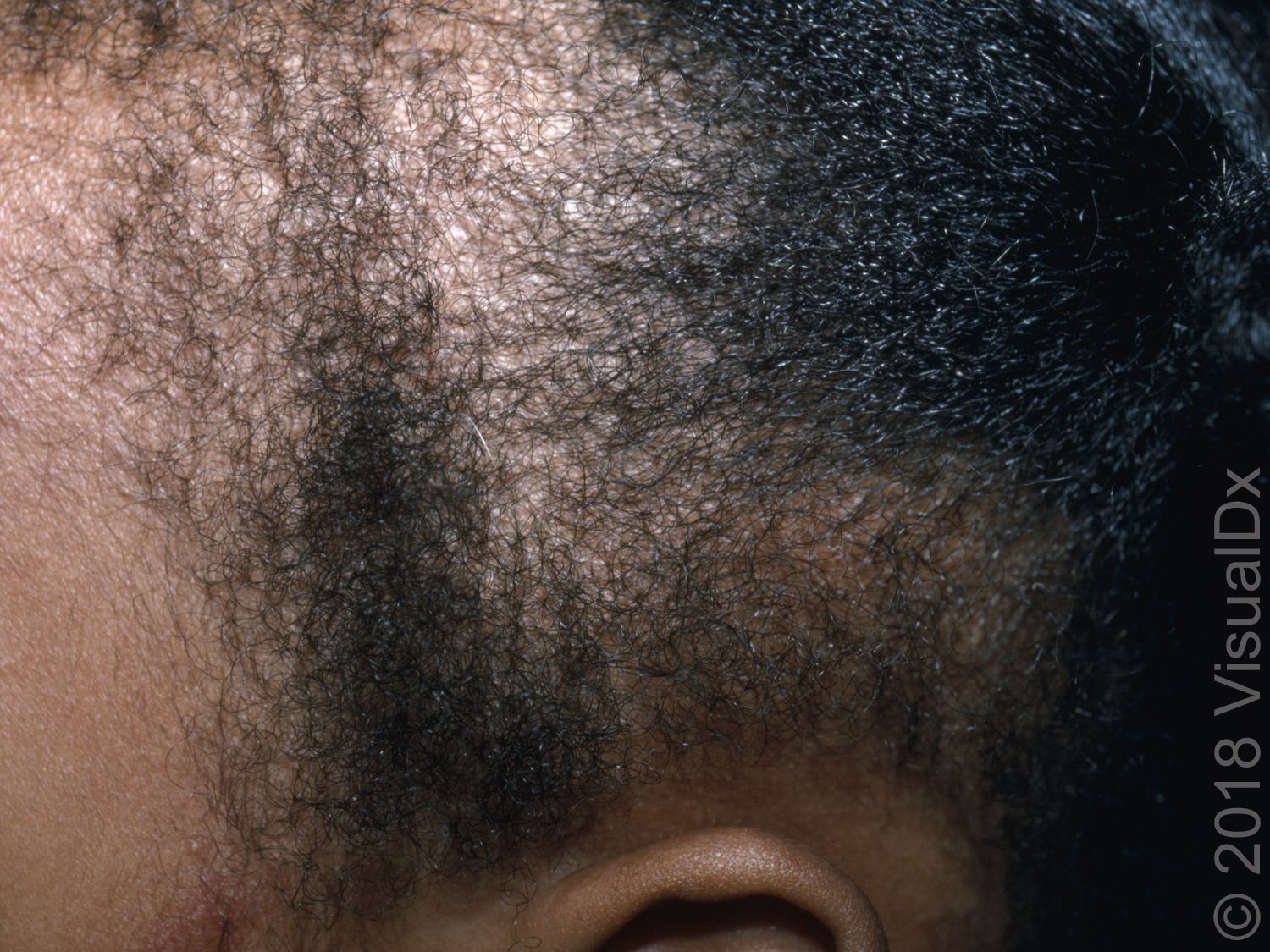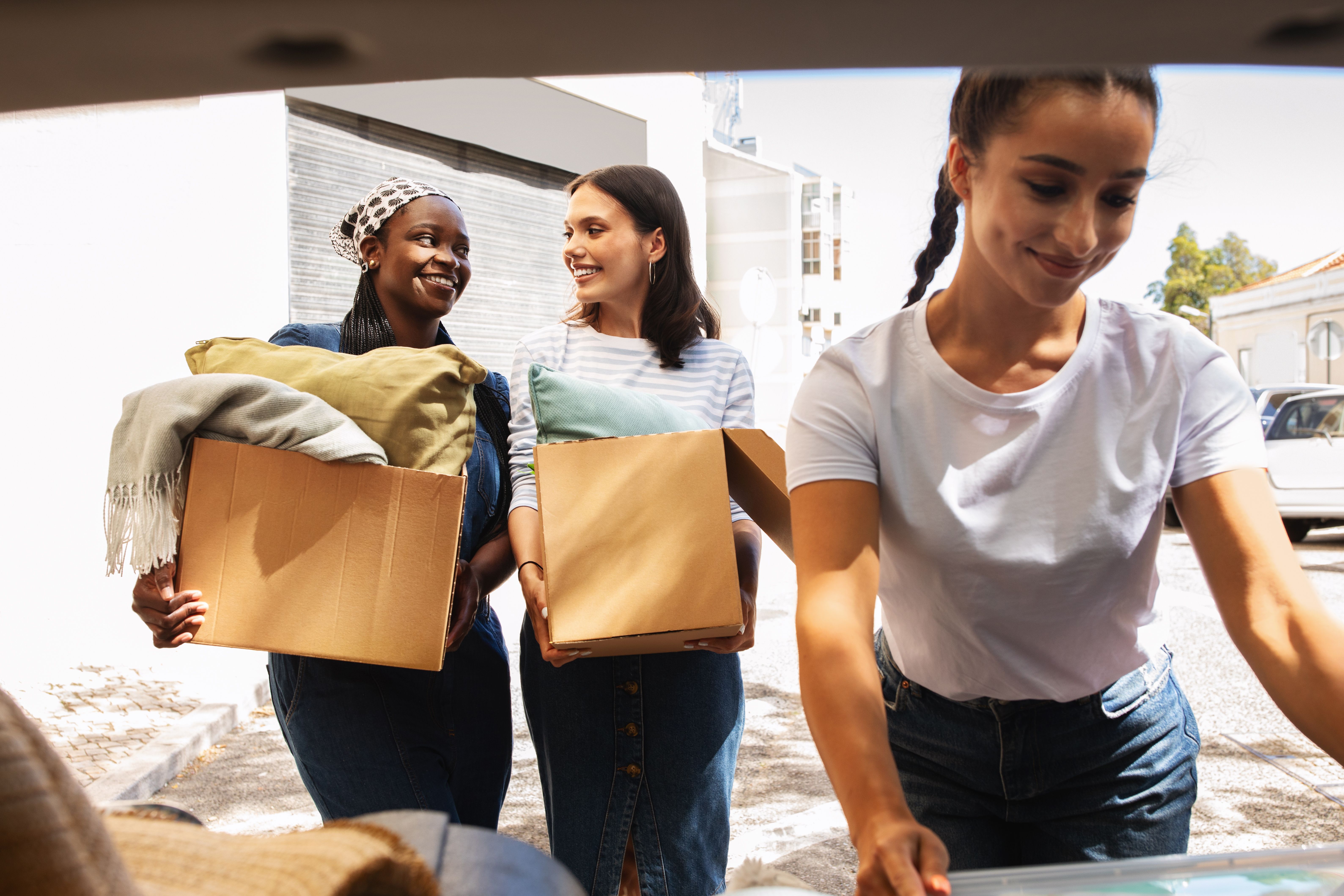- Case-Based Roundtable
- General Dermatology
- Eczema
- Chronic Hand Eczema
- Alopecia
- Aesthetics
- Vitiligo
- COVID-19
- Actinic Keratosis
- Precision Medicine and Biologics
- Rare Disease
- Wound Care
- Rosacea
- Psoriasis
- Psoriatic Arthritis
- Atopic Dermatitis
- Melasma
- NP and PA
- Skin Cancer
- Hidradenitis Suppurativa
- Drug Watch
- Pigmentary Disorders
- Acne
- Pediatric Dermatology
- Practice Management
- Prurigo Nodularis
- Buy-and-Bill
News
Article
Image IQ: Hair loss in a 10-year-old girl
Author(s):
A 10-year-old girl is experiencing hair loss with no signs of lesions or scarring on her scalp. What’s your diagnosis?
A 10-year-old girl is experiencing hair loss with no signs of lesions or scarring on her scalp. What’s your diagnosis? (Photo courtesy of VisualDx 2018)

A 10-year-old girl is experiencing thinning hair along her frontal and temporal scalp. During the girl’s annual physical, the girl’s mother told the doctor that the thinning hair looked progressively worse â patchier as if the girl were losing her hair. The child didn’t have any lesions or scarring visible on her scalp.
What’s your diagnosis?
A. Alopecia areata
B. Trichotillomania
C. Traction alopecia
D. Tinea capitis
Click on the next page for the answer.
The correct answer is C: Traction alopecia
Traction alopecia refers to scarring hair loss as a result of excessive and chronic tension on the hair follicles and inflammation – usually from styling. It is usually seen on the frontal and temporal margins of the scalp. The condition is more frequent in African American girls and women and less so in boys and men and is due to frequent use of tight braiding, elastic bands, tight rollers, decorative corn rowing, and excessive brushing or heat at the roots. Chemically relaxed hair with these styles is more susceptible to traction alopecia.
Traction alopecia is seen in Eskimos in Western Greenland, young Danish girls with ponytails, ballet dancers, and any ethnic group that styles hair with tension to the frontal region of the scalp. Traction alopecia also occurs with work-related gear such as helmets, hair caps, and head bands.
ICD10 Code: L66.8 – Other cicatricial alopecia
For more information about this quiz â specifically, differential diagnoses and pitfalls, clinical tests, management pearls, therapy and a complete list of references â visit VisualDx online.






